I have a large and well known soft-spot for the bee-flies in family Bombyliidae; it’s not just their adorable looks that have caused my heart to become theirs, but also, they have the most fascinating of life cycles.
What are bee-flies?
Bee-flies are all parasitoids of solitary bees and wasps, their larvae consuming the baby bees underground and then emerging to pupate into the nectar feeding, and so in some instances, pollinating adults.
They are some of the earlier flying flies of the season. In 2019 we had some sightings as early as mid-February, much earlier than usual in previous years. The Dipterists Forum and Buglife are running a joint initiative to get as many folks as possible to record these creatures especially those within the genus Bombylius. This genus includes four species that are the more well-known species, including the commonest UK one.
Common bee-fly species
Dark-edged bee-fly (Bombylius major)
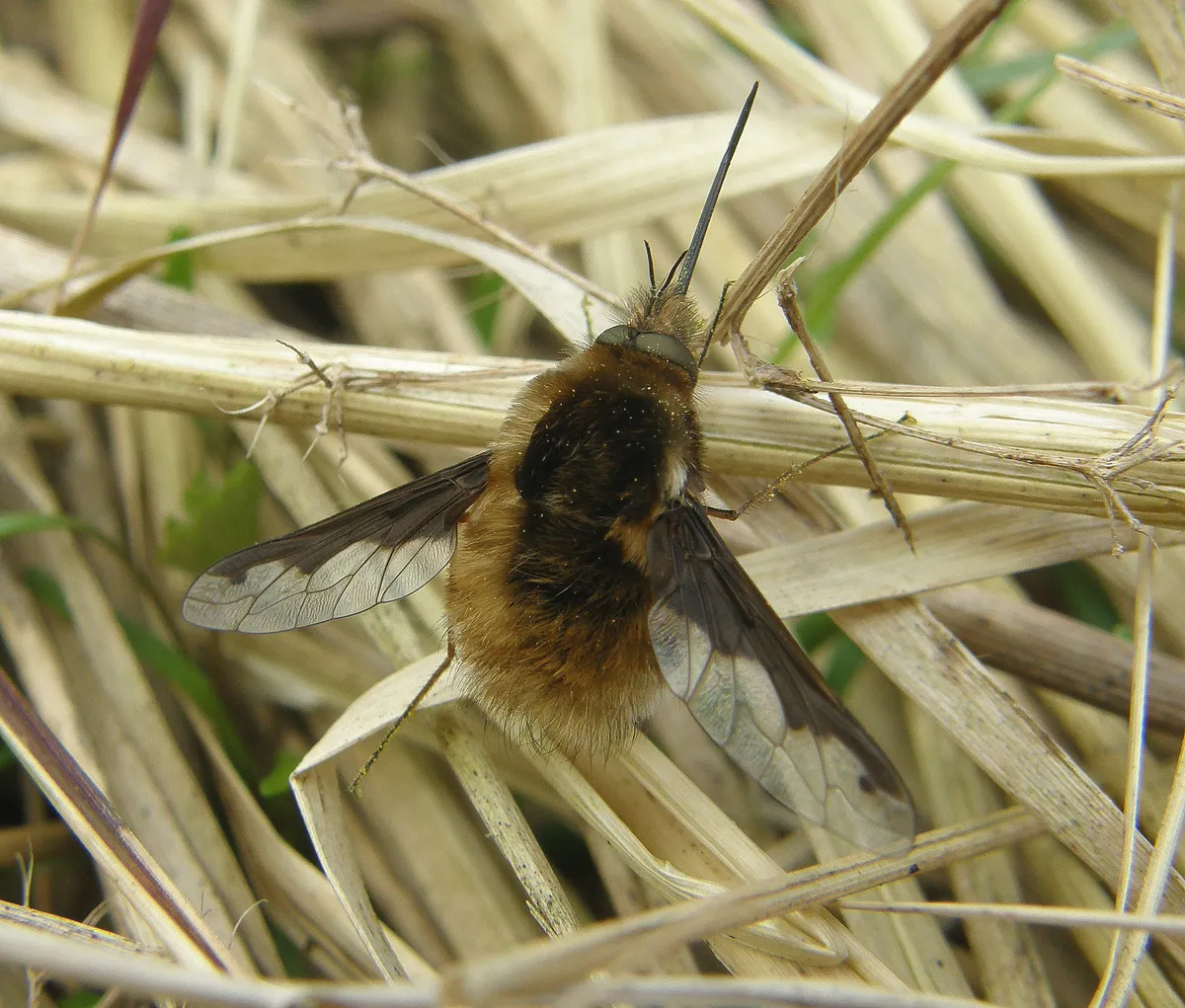
This is the most common species and one of the early spring species appearing in March. 2020 was extraordinary though with a sighting on the 17th February! These will be on the wing to late June peaking mid-April to May.
One of the fun things about bee-flies is that when at rest their wings are fairly distinguishable from each other but in flight, these become a blur and so identification becomes much harder.
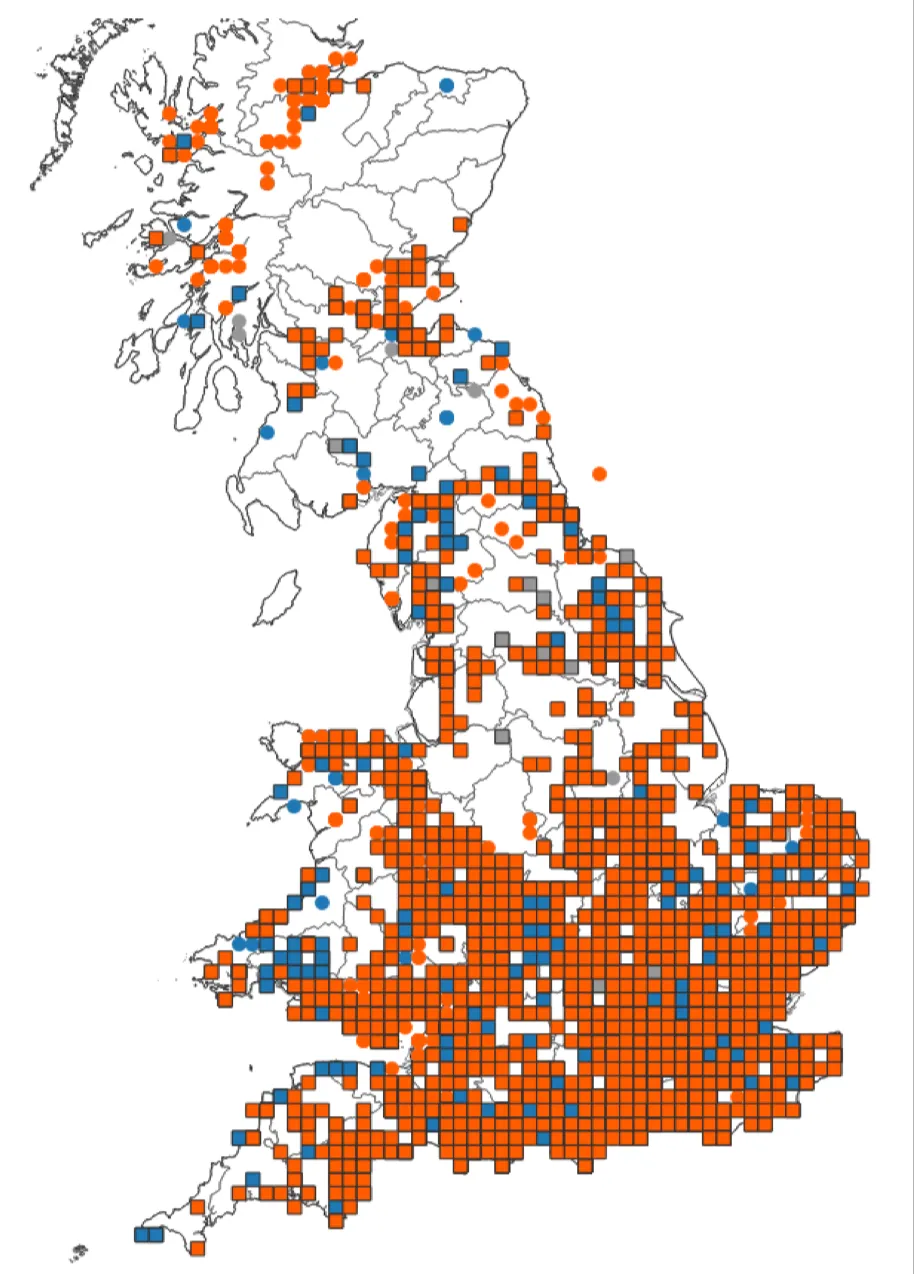
Dotted bee-fly (Bombylius discolor)
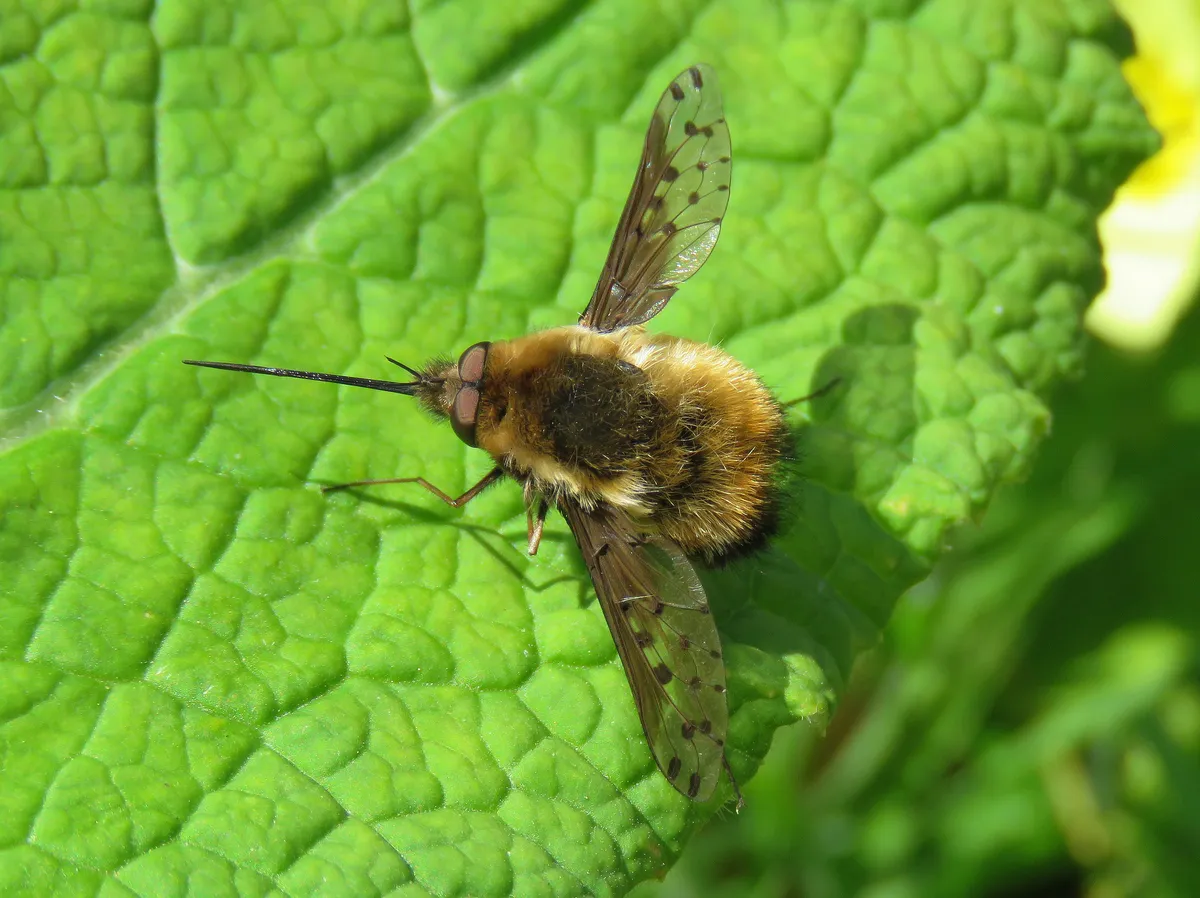
A smallish bee-fly that has beautifully mottled wings. These are generally found in the southern part of England in gardens, woodlands, land slipped cliffs and calcareous grasslands. They parasitize the larger solitary bees (there are many records from the genus Andrena), which are active in the spring and so this species is flying from late March to mid-June with a peak in April.
As with much of our understanding about the ecology of all flies, much has to be determined as the exact hosts have yet to all be identified.

Western bee-fly (Bombylius canescens)
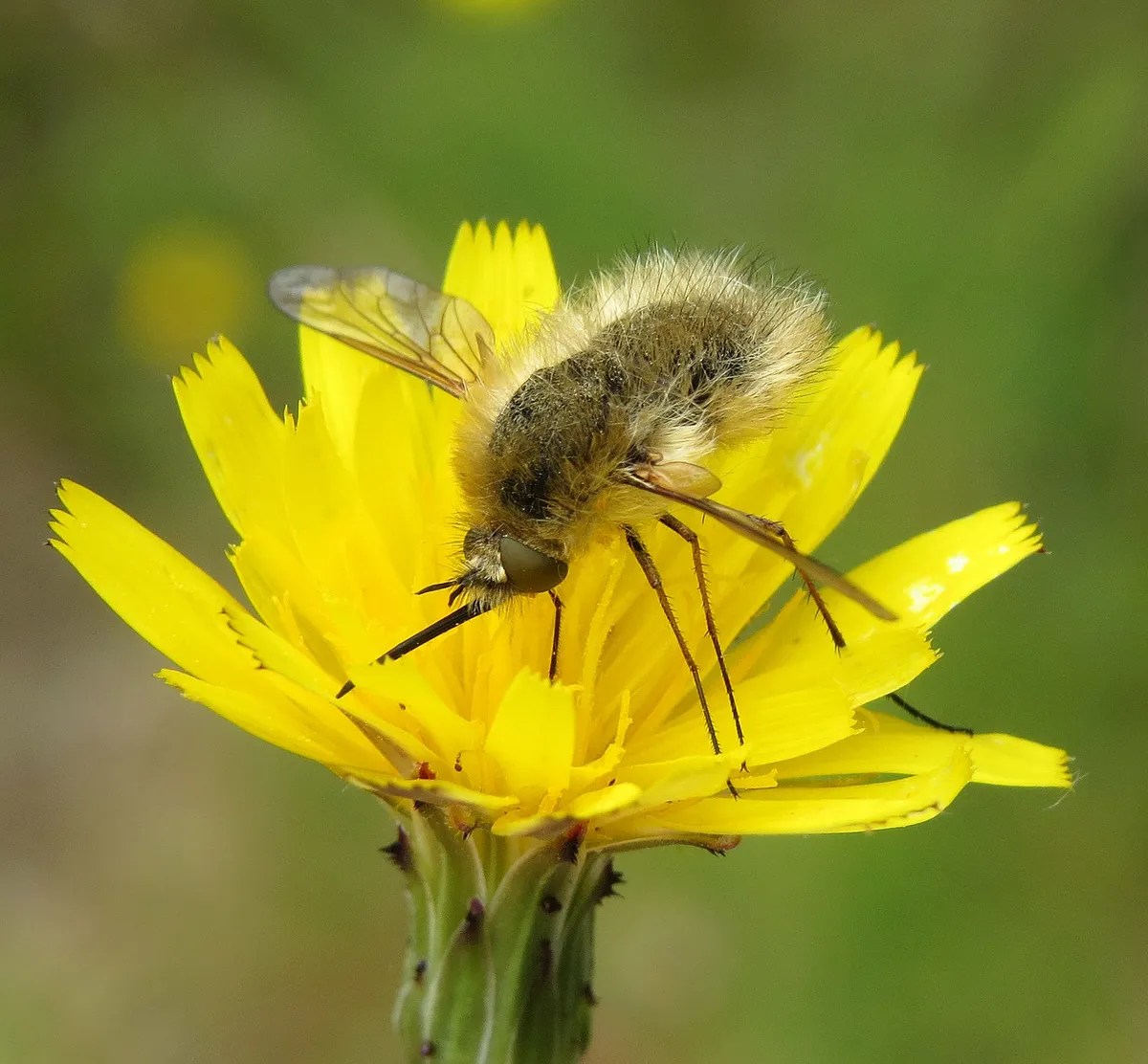
These are found in southern Wales and south-west England and are generally scarce across their range, but they are on the move. These are on the wing from early May to mid-August, peaking in June to early July.
What I love about this species is that the females have been observed ovipositing (laying their eggs) by flicking their egg over or into burrows of bees using their legs! Wouldn’t that be an amazing sight!
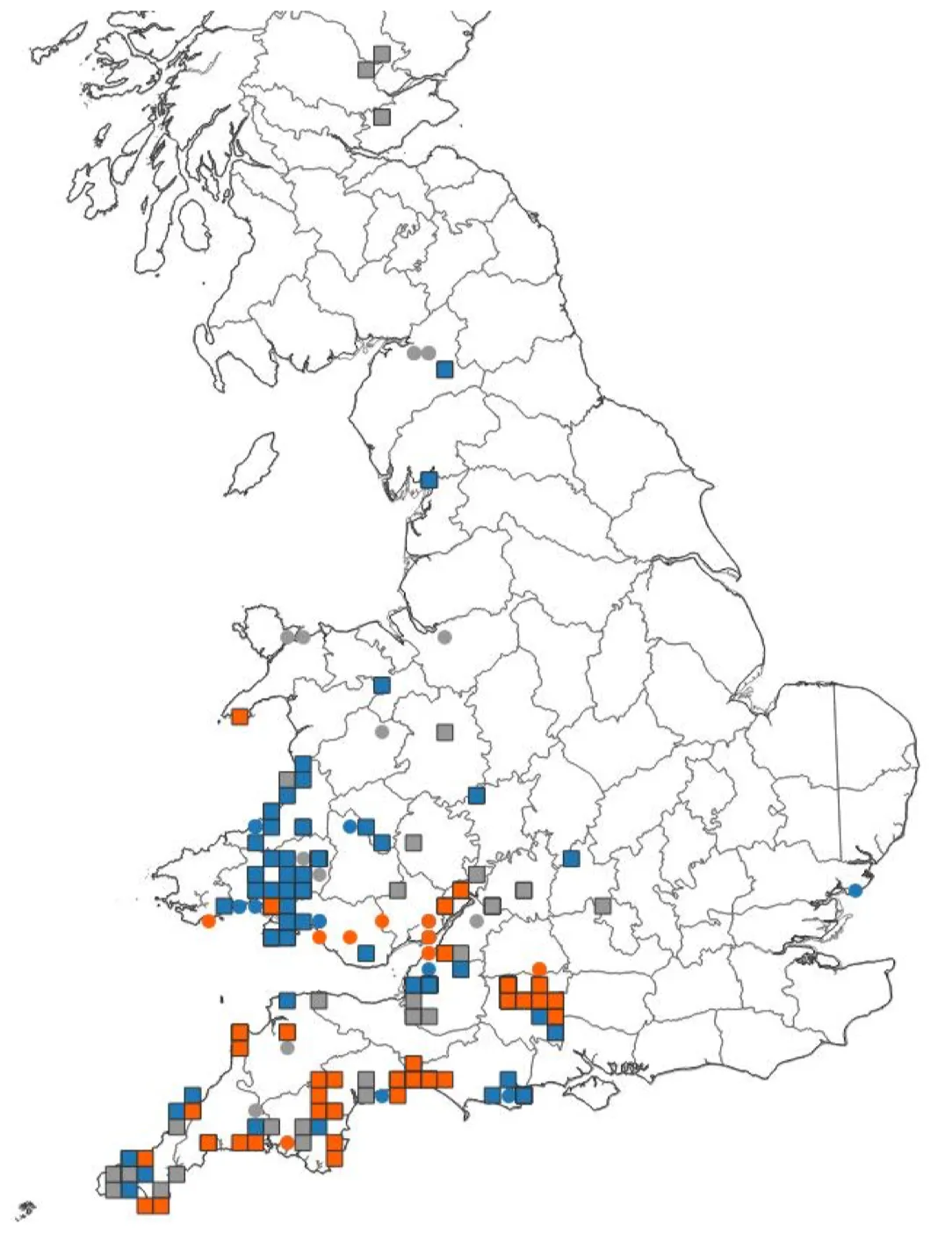
Heath bee-fly (Bombylius minor)

This is a nationally rare species, and as its English name suggests it is found on heaths but also sandy banks and sand pits. This one is on the wing from early July to late August.
Quite why it is restricted to two widely separated areas, in Dorset and on the Isle of Man, is another bee-fly mystery waiting to be resolved.
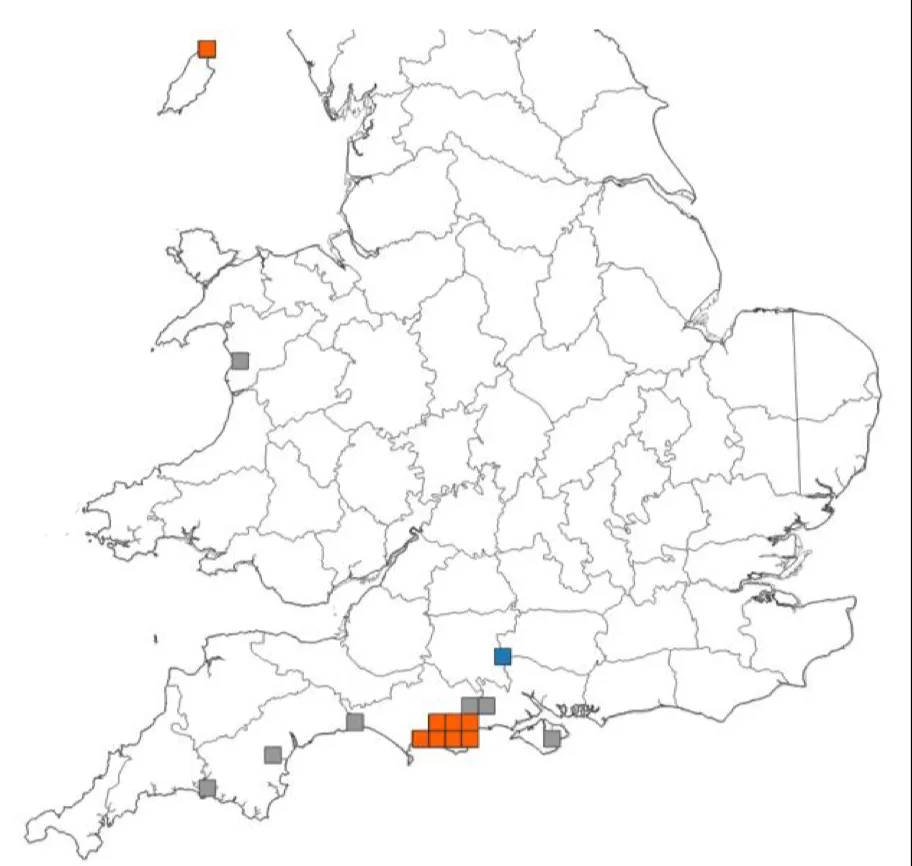
Anthracite bee-fly (Anthrax anthrax)
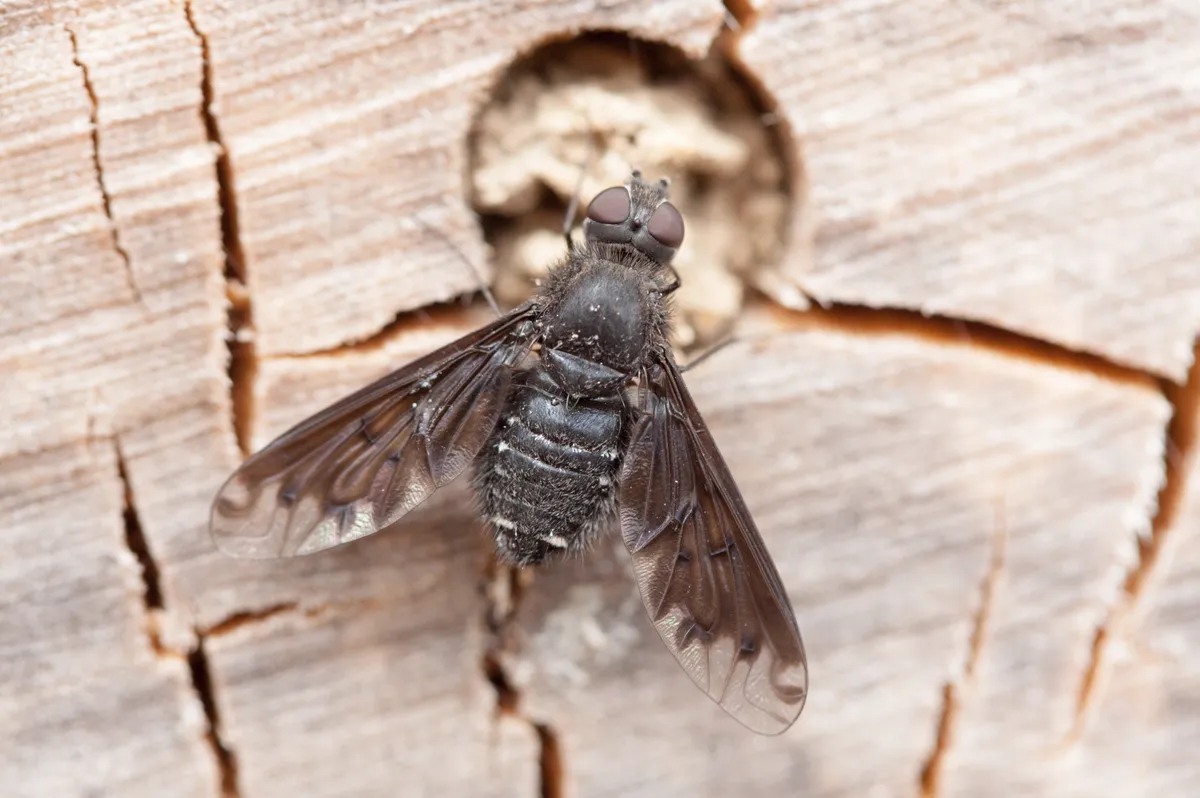
Just before I finish this piece there is one further species of bee-fly that I wanted to mention, and that is the Anthracite bee-fly Anthrax anthrax - so scary they named it twice! There is nothing harmful about this genus though, which is entertaining as we still have problems sending specimens from the main museum collection to people on loan – I mean, would you like anthrax in the post?
This one has only been seen twice in the last few years so let’s make this the year to truly explore our countryside for these amazing beasts.
Read the BBC Wildlife news story about the first sighting of the Anthracite bee-fly in the UK.
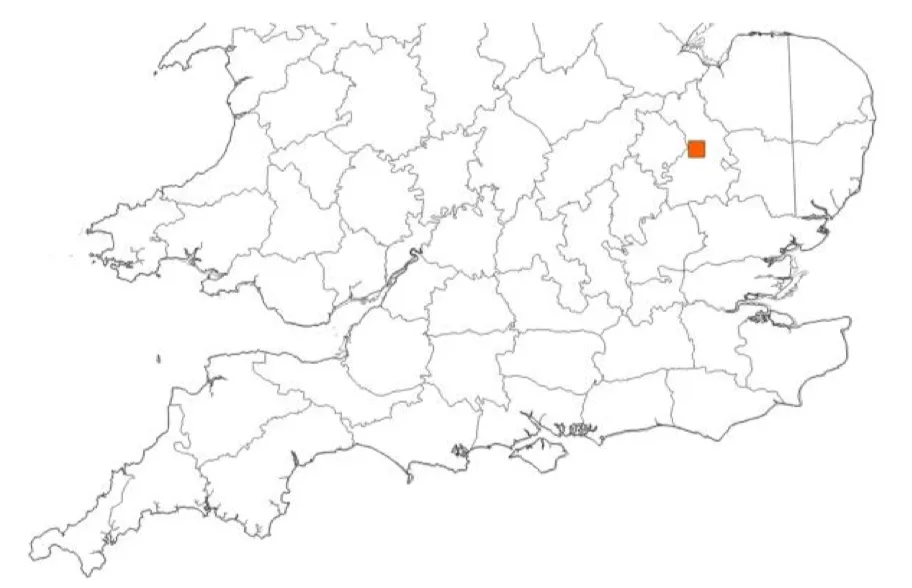
Join in with #BeeFlyWatch and let’s get these distribution maps filled in.
Dr Erica McAlister is the senior curator of Diptera at the Natural History Museum of London, a committee member of The Dipterists Forum and president of the Amateur Entomologists' Society.
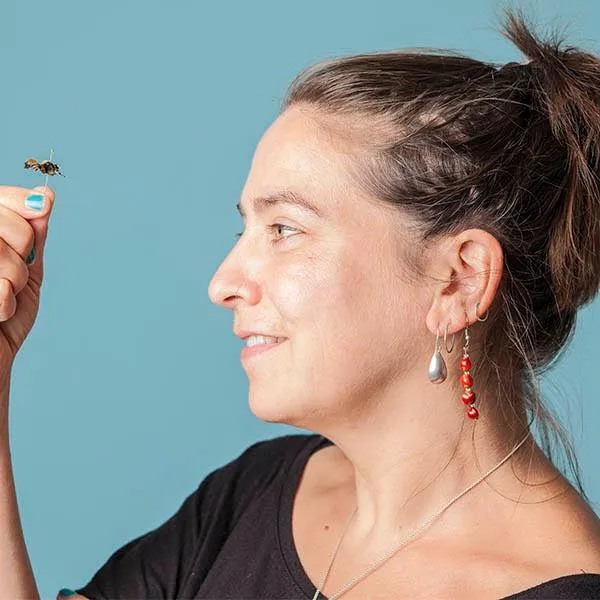
The Dipterists Forum, a UK organisation dedicated to all things fly, is actively involved in collecting, recording and researching our UK species - most of which are not restricted to just the UK. The distribution records help us understand population distributions and change associated with climate and land use. It is essential for us to get out there and help.

